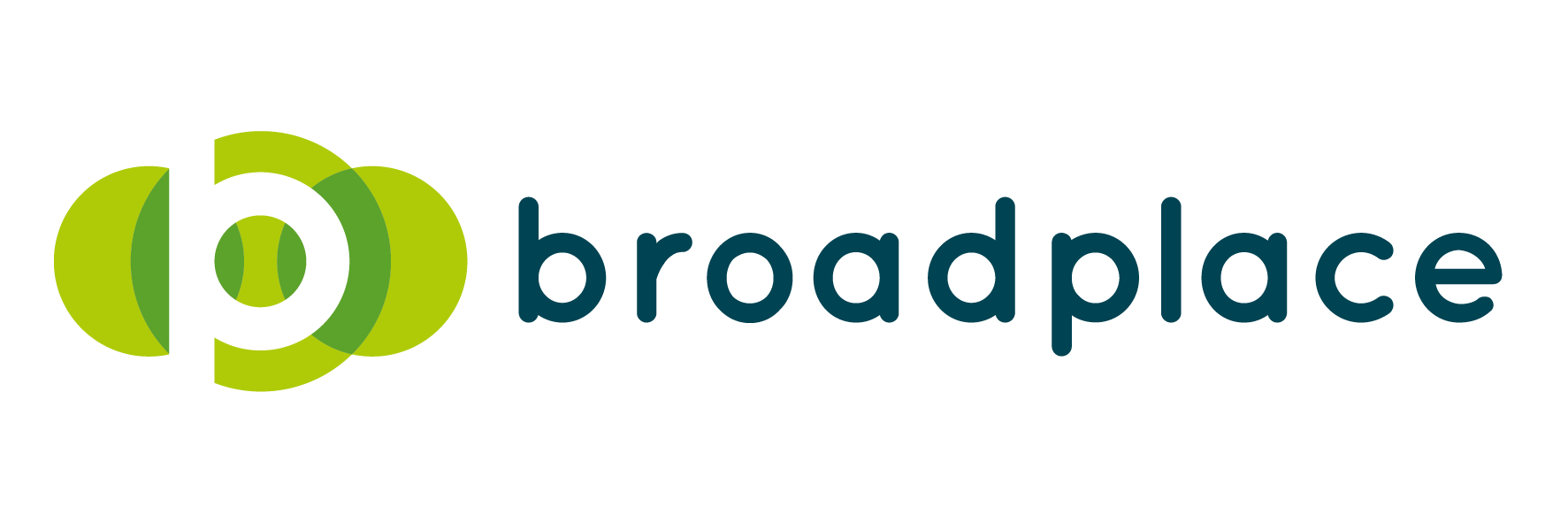Facebook Lead Ads is a product developed by Facebook specific to mobile. It allows advertisers to capture leads directly on Facebook, rather than through a form on your site.
Lead ads have pop-up forms that open when an ad is clicked that allows a user to fill in basic information like Name, address, email, phone number etc.
Given this is a versatile tool, there’s a lot of room for error when setting it up, so here are 9 of the best tactics you can use to skyrocket your Facebook Lead Ads performance.
Set clear targets & closely monitor your KPIs
You need to consider the amount of leads you want, how much you’re willing to pay for each one, as well as how much that customer is worth to you over their lifetime (customer lifetime value)
Once you’ve got a handle on that, you need to be clear on which KPIs are important to you and accurately track them.
Some of the key ones we regularly look at with Facebook Lead Ads are:
Cost Per Acquisition (CPA) / Cost Per Lead – The amount of spend to achieve a lead
Internal Conversion Rate – Number of leads turned into paying customers/Number of leads generated as a %
Average Lead Value – Total revenue generated by closed leads/Total number of leads generated
Customer Lifetime Value – The total value of a customer over time to a business
After you’ve defined the key KPIs for your campaign, you need to monitor them closely. Especially when you’re looking to scale spend.
Track your offline sales with Facebook Offline Conversions
If you’re running lead generation campaigns, tracking how much revenue your leads ultimately bring you along with their lifetime value is really important.
The good news is that Facebook has already thought about this and created Facebook Offline Conversions.
Facebook Offline conversions allows you to measure how much your offline leads result in real world outcomes for your business. You can see how much is being attributed to your ads and measure the offline ROAS. There is also opportunity to create Lookalike audiences who are similar to your offline customers.
Once you’ve set it up, you’ll start getting a rich stream of data to base your decisions on and a much better gauge on the effectiveness of your campaigns.
You can learn more about how to get started with tracking offline sales here.
Match your settings to your ideal customer persona
You’d be a fool to run a Facebook Lead Ads campaign without taking advantage of the demographics targeting.
Demographic targeting is targeting that relates to age, gender, education, job title. Think of your customer profile and replicate it on Facebook.
If you’re not sure who your ideal customer is and you need to work that out, then a really quick way to do it is to run a single variable test.
A single variable test is when you change one item at a time, and you can test a single demographic at a time.
This should give you a closer idea of who best to target:
- Best converting Age Groups
- Which gender drives revenue/has most amount of traffic
- Which Job Titles drive revenue
As well as a whole bunch of other stuff that you can use to better target your ads.
Make sure your headlines are engaging
People on Facebook are usually looking at cat pics, memes or stalking their ex from 5 years ago.
They don’t really go on Facebook to purchase products/services or give away their contact details.
So, with that in mind, you need to make sure that your copy grabs their attention!
It needs to be short, sharp, snappy and most importantly, not misleading.
A tool we often use to analyse our ad copy is the Headline Analyzer from Advanced Marketing.
Using this we get a steer on:
- Which words have the most impact for influence
- The words which bring out the positive emotional reactions
- Which words are effective when you are offering products or services that require reasoning or careful evaluation
Don’t forget where your audience sits in the conversion funnel
You need to know what stage of the purchasing journey your customers are at in order to properly tailor your ads to them.
Say, for example, you are trying to engage with your email list and previous customers. Then it’s probably safe to assume they are already aware of your brand.
This dramatically changes the goal of the ad.
It becomes more about selling, rather than introducing them to your company.
Whereas, if they’ve never heard of you before you probably need to focus a bit more on positioning your brand rather than directly selling.
By simply knowing where the customer is in the funnel, you can create better optimised ads, instead of trying to target everyone with the same ad creative or copy.
Don’t be afraid to ask qualifying questions in your lead forms
Lead Forms allow you to ask qualifying questions within them. If you ask the right questions you can:
- Deliver the right message to the right audience at the right time
- Avoid users who are in research phase and not ready to convert
- Avoid users who are simply seeking information and have no intention of ever converting!
And make sure that you don’t get hundreds of leads that simply aren’t going to result in a sale or conversion.
Don’t forget to experiment with all audience types
In order to get quality leads from Facebook, you constantly need to experiment with your audience types.
A couple of ways we do that is to:
- Tailor your ads to your audience with dynamic remarketing lead form ads
- Create lookalike audiences – experiment with different events and percentages as performance will vary based on industry and size of the business
- Use broad ad set targeting, with demographics layering only if necessary- this is an amazing option if you use it when your pixel has enough data
Follow up on leads quickly
When it comes to a sale, the quicker you respond, the better. People usually submit their information to multiple businesses and your chances of converting them decreases as time passes.
An easy way to make sure that you respond quickly is to set an automatic follow up for your leads.
You can also integrate Facebook Lead Ads with your CRM so that your team can easily manage them in one place, on a platform that they are comfortable with.
Keep your database lean & clean
You will never convert 100% of your prospects, so unless people need more time, information or are waiting for offers – you should remove them from your main list.
It’s also really important to segment your leads based on where they are in the conversion funnel, prioritise the ones that are further down and try to build automation for nurturing the ones that are higher up.
You can also use those segments for Lookalike audiences and customer match audiences on Google Ads, if you want to add some broad audiences that are still relevant to your business.
Summary
So there it is, 9 tactics that will help you improve your Facebook Lead Ads output. The important thing to remember with Facebook Lead Ads is to constantly stay on top of the numbers and to constantly review what you’re running. What worked yesterday may not work today.
If you want more details on running Facebook Ads campaigns you can take a look at our Paid Social services page or read some of the other posts we have on the topic.

